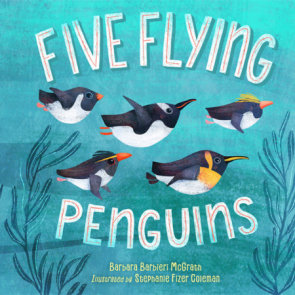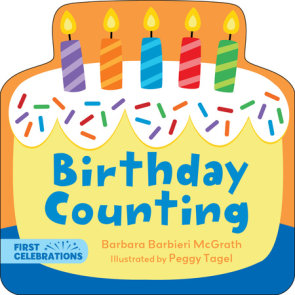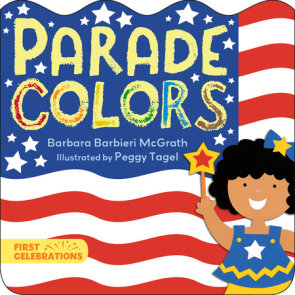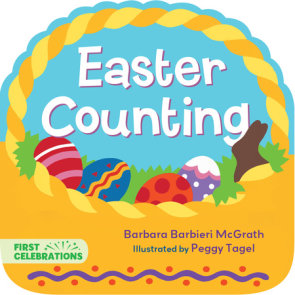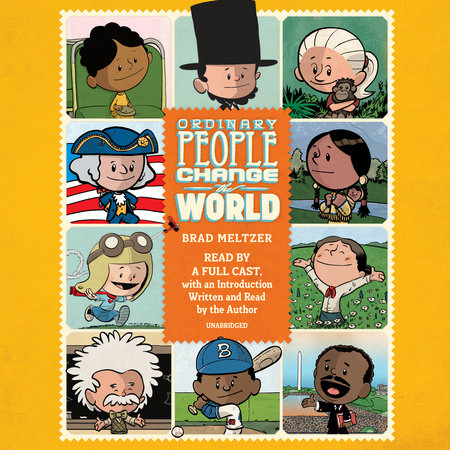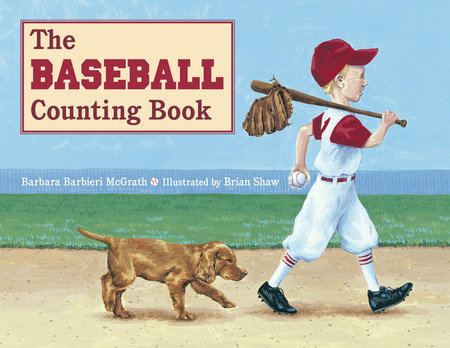

The Baseball Counting Book
By Barbara Barbieri McGrath
Illustrated by Brian Shaw
By Barbara Barbieri McGrath
Illustrated by Brian Shaw
Category: Children's Nonfiction

-
$8.99
Feb 01, 1999 | ISBN 9780881063332 | 3-7 years
Buy the Paperback:
YOU MAY ALSO LIKE

Eyewitness Animal
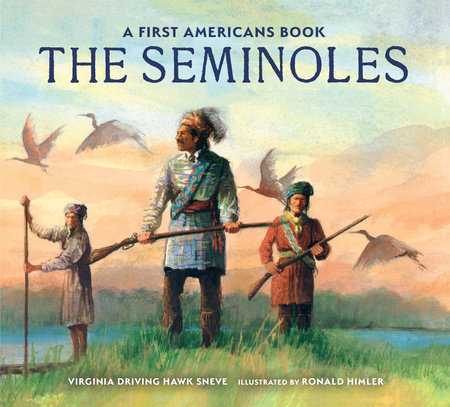
The Seminoles
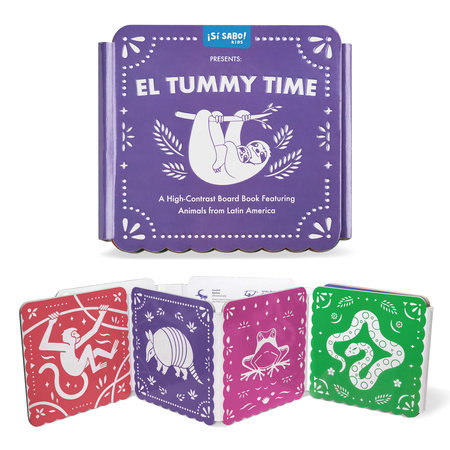
El Tummy Time
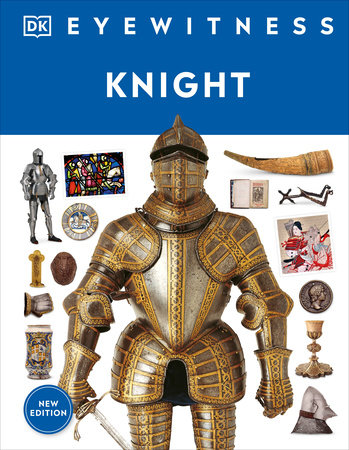
Knight
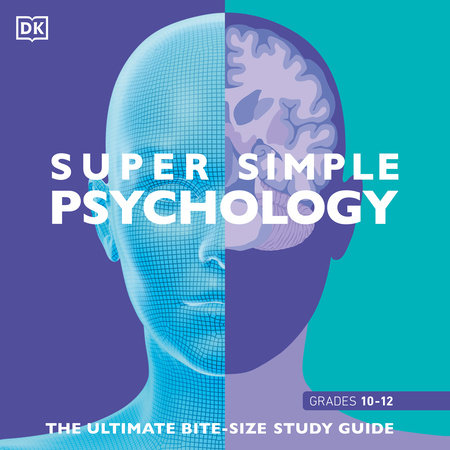
Super Simple Psychology
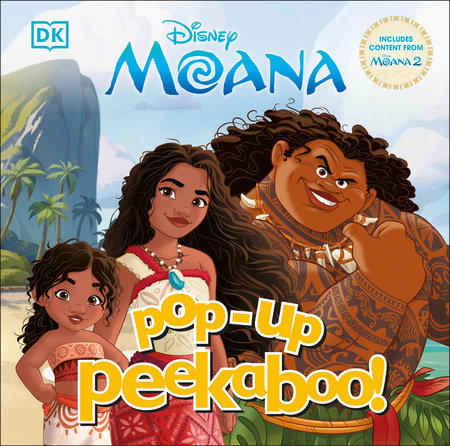
Pop-Up Peekaboo! Disney Moana

A Kids Book About Israel & Palestine

Children of the Dust Bowl: The True Story of the School at Weedpatch Camp
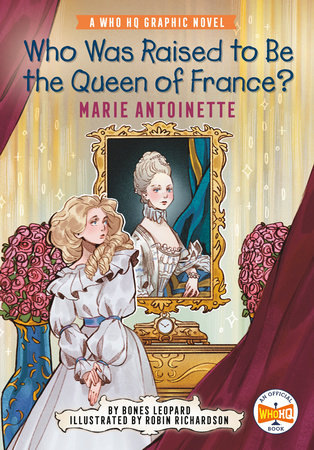
Who Was Raised to Be the Queen of France?: Marie Antoinette
Praise
An agreeable rhyming counting book with a baseball theme. The story opens on a little league field where the Blue Sox and the Stars face off. “Come play baseball/ You could be a hero./ The game’s starting score/ is zero to zero.” The teams of boys and girls run up the numbers to 20, and baseball rules and lore are imparted painlessly. “When there’s a full count, we say, ‘Three and two.’/ Five fingers up!/ His turn’s almost through.” A grand slam ends the game, with 19 ice cream cones and 20 baseball cards that give a clear and accurate summary of the main rules of the game. Shaw’s stocky acrylic-on-board figures have less zest than his beautifully rendered bats and balls, lush green field and blue sky, and a friendly, ice-cream-loving dog. Younger children whose radar may have picked up McGwire and Sosa, Piazza and Brosius will be ready for spring training after this one.
—Kirkus Reviews
This picture book uses baseball to count from 0 to 20 in rhyming verse. The rules and culture of the game are introduced as two Little League teams compete. The Blue Sox versus the Stars–who will win? Included in the text are the obvious choices of one ball, two teams, three strikes and less obvious choices such as “seventeen pairs of eyes watch the boy at home plate.” However, at certain points this pattern strains: “Thirteen good-luck charms/ make some players feel/ That they will be safe/ when they try to steal.” Shaw’s acrylic paintings capture the excitement of a good game played by teams made up of both boys and girls.
—Booklist
The author has chosen a very appealing and relevant subject-baseball-to help teach children to count from 1 to 20. Her presentation in the form of rhyme is particularly appealing to children, both for its rhythm and its predictability. Each page is full of counting opportunities through its text as well as its fine illustrations.
Throughout the book, many opportunities can be found to extend its role as a counting book into other areas of mathematics and into other disciplines. For example, exploring such shapes as home plate, the baseball field, the ball, the bat, and the megaphone can become a lesson in geometry. Discussing team statistics could later involve class charts, graphs, or perhaps spreadsheets. The introduction of Abner Doubleday could lead to learning more about him by reading his biography or biographies of other baseball legends. The author also includes a glossary of baseball terms presented in the format of baseball cards.
One of my second-grade students evaluated this story very explicitly: “The one thing I did not like about this book was that it was too short.” The book is full of counting opportunities and is a springboard for many other learning experiences. I would recommend this book for use at many different levels.
—Teaching Children Mathematics
21 Books You’ve Been Meaning to Read
Just for joining you’ll get personalized recommendations on your dashboard daily and features only for members.
Find Out More Join Now Sign In







